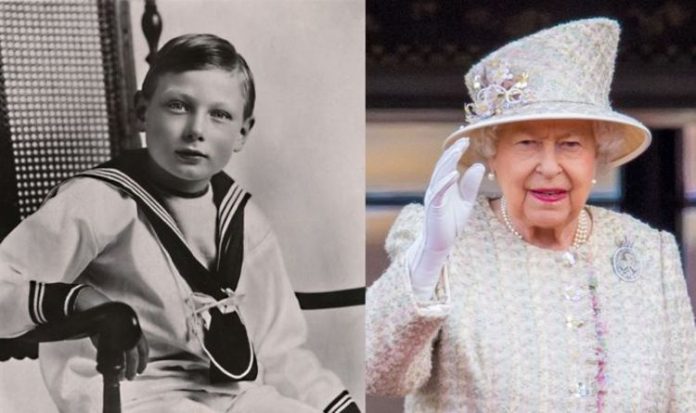The Queen and Prince Philip will move to Sandringham to end their summer break, following several weeks at Balmoral Castle in Scotland. The Queen has enjoyed visits from her family despite the looming threat of coronavirus, with granddaughter Princess Eugenie and her son Prince Edward both making visits with partners and families in tow.
But now, the Queen has moved to Wood Farm with the Duke of Edinburgh – a secluded property where he usually stays since retirement.
He is said to enjoy quiet pursuits at the farm, such as reading as well as painting and carriage driving.
But the farm has a long history and is actually a big part of a fascinating – and very elusive – element of royal history.
Prince John, the youngest son of George V, the Queen’s grandfather, resided at Wood Farm from 1917 until his death at the age of 13 in 1919.
Prince John suffered from epilepsy, and he was cared for by his nanny Charlotte ‘Lala’ Bill, since a very young age.
The young prince for the most part enjoyed a normal royal life and appeared frequently in public alongside his siblings and parents.
But John’s condition worsened when he reached 11 years-of-age, and he was sent to Sandringham with his nanny away from the public eye.
In the later years of his life when his condition deteriorated, his grandmother Queen Alexandra maintained a garden at Sandringham especially for him.
According to a 2008 Channel 4 documentary, much of the existing information about Prince John is “based on hearsay and rumour, precisely because so few details of his life and his problems have ever been disclosed.”
The British Epileptic Association has stated: “There was nothing unusual in what [the King and Queen] did.
“At that time, people with epilepsy were put apart from the rest of the community.
“They were often put in epilepsy colonies or mental institutions. It was thought to be a form of mental illness.”
Epilepsy was not treated as a normal, neurological disorder until around 20 years after the Prince’s death.
Others have pointed out that due to his condition, he was likely sent away from the royal spotlight to make his life easier and more enjoyable.
Biographer Denis Judd believes that Prince John’s “seclusion and ‘abnormality’ must have been disturbing to his brothers and sister”, as he had been “a friendly, outgoing little boy, much loved by his brothers and sister, a sort of mascot for the family”.
Diary excerpts from his mother Queen Mary lament his death right up until its final entries, although his brother, who later became King Edward VIII, was less sympathetic to his condition.







